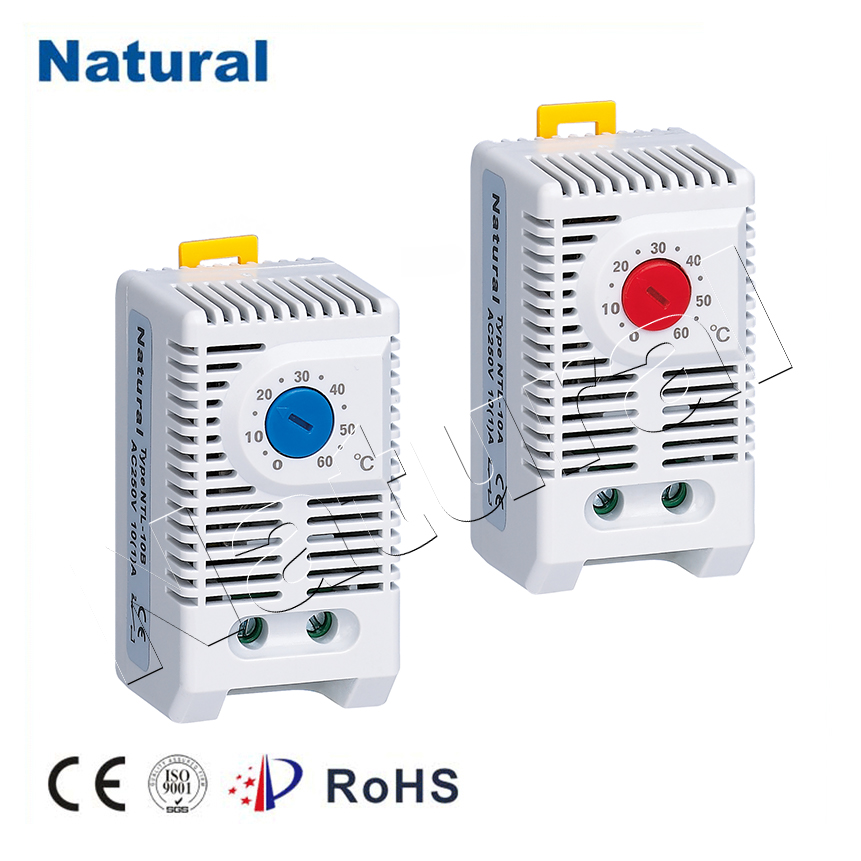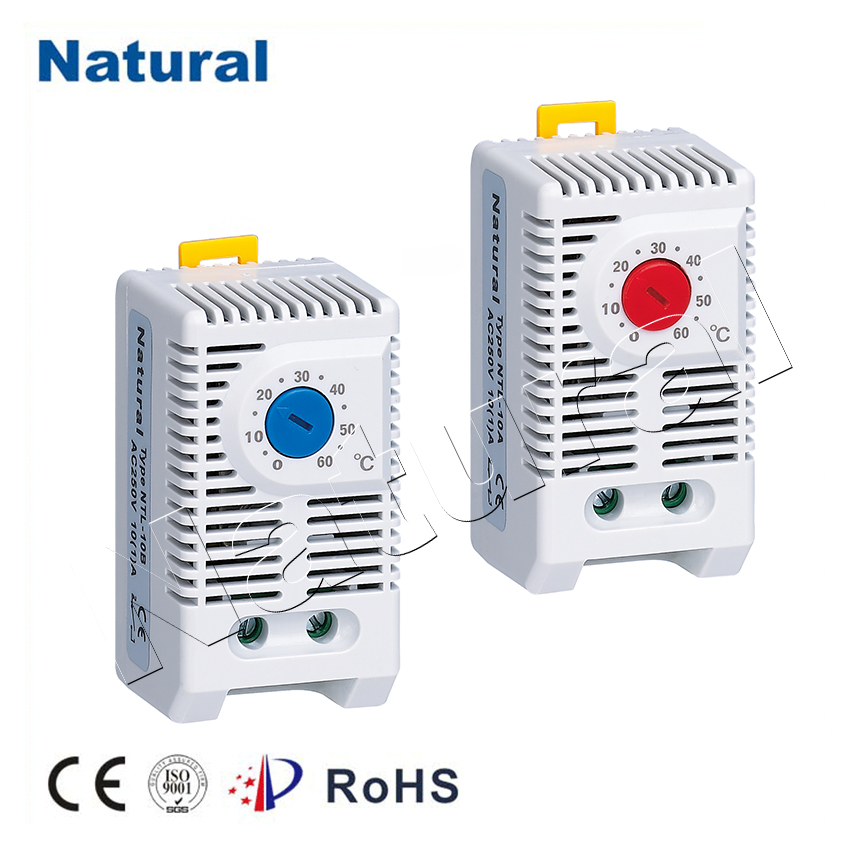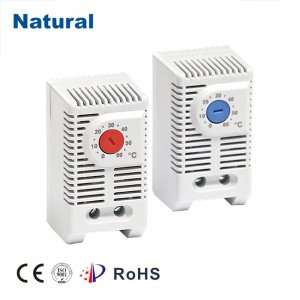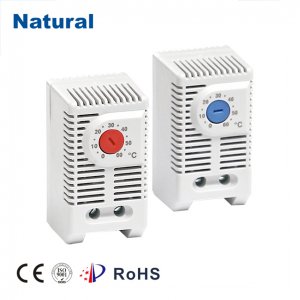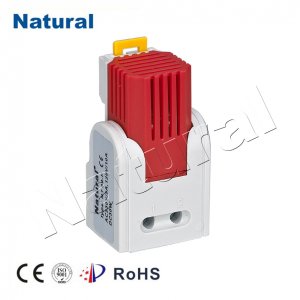In the realm of home comfort and energy management, thermostat controllers have played a pivotal role in transforming the way we interact with our heating and cooling systems. These unassuming devices have evolved significantly over the years, enhancing not only our comfort but also our ability to reduce energy consumption and lower utility bills. In this article, we will delve into the fascinating world of thermostat controllers, exploring their history, functionality, and the remarkable benefits they bring to our daily lives.
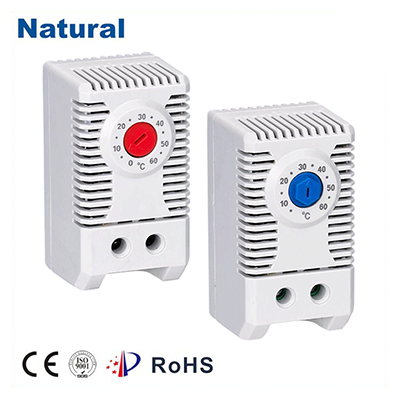
A Brief History Thermostat controllers have come a long way since their inception. The concept of temperature regulation dates back centuries, with ancient civilizations using primitive methods to control indoor climate. However, it wasn’t until the 19th century that the first modern thermostat was developed by Warren S. Johnson. His invention allowed for automatic temperature control, a groundbreaking advancement that laid the foundation for future innovations. Functionality and Features Today’s thermostat controllers are a far cry from their humble beginnings. They are sophisticated devices equipped with an array of features designed to optimize comfort and energy efficiency. Here are some key functionalities commonly found in modern thermostat controllers: Temperature Control:The primary function of a thermostat controller is to regulate the temperature of your home. Users can set their desired temperature, and the controller will ensure the HVAC system operates accordingly. Programmability:Programmable thermostats enable users to create customized heating and cooling schedules. This feature allows homeowners to reduce energy consumption by adjusting temperatures when they are away or sleeping. Smart Technology:The advent of smart thermostats has revolutionized the industry. These devices can be controlled remotely through smartphone apps and integrate with voice assistants like Amazon Alexa and Google Assistant. They also learn user preferences and adapt to optimize comfort and energy savings. Energy Monitoring:Many modern thermostat controllers provide energy consumption data, allowing users to track and analyze their heating and cooling habits. This information empowers homeowners to make informed decisions to reduce energy waste. Geofencing:Smart thermostats often use geofencing technology to detect when occupants are away from home. They can adjust the temperature settings accordingly to save energy until the occupants return. Compatibility:Thermostat controllers are designed to work with various HVAC systems, ensuring they can be integrated seamlessly into homes with different heating and cooling setups. Benefits of Thermostat Controllers The adoption of thermostat controllers offers a host of benefits, both in terms of comfort and energy efficiency. Here are some of the significant advantages: Energy Savings:Perhaps the most compelling reason to invest in a thermostat controller is the potential for energy savings. By optimizing temperature settings and reducing energy waste, homeowners can significantly lower their utility bills. Environmental Impact:Reduced energy consumption translates to a smaller carbon footprint. Using less energy to heat and cool your home contributes to a more sustainable and eco-friendly lifestyle. Convenience:Smart thermostats offer unparalleled convenience by allowing remote control via smartphone apps. Adjusting your home’s temperature while you’re away or in bed has never been easier. Comfort:Thermostat controllers ensure that your home is always at the ideal temperature. No more waking up to a chilly bedroom or returning home to a sweltering living room. Long-Term Savings:While there is an initial investment in purchasing a thermostat controller, the long-term savings on energy bills often outweigh the cost. In conclusion, thermostat controllers have evolved from basic temperature regulators to intelligent, energy-saving devices. They have not only enhanced our comfort but also played a crucial role in reducing our environmental impact. As technology continues to advance, we can expect even more innovative features and improved efficiency from these essential home appliances. So, whether you opt for a programmable thermostat or embrace the latest smart technology, investing in a thermostat controller is a step toward a more comfortable and sustainable future.
